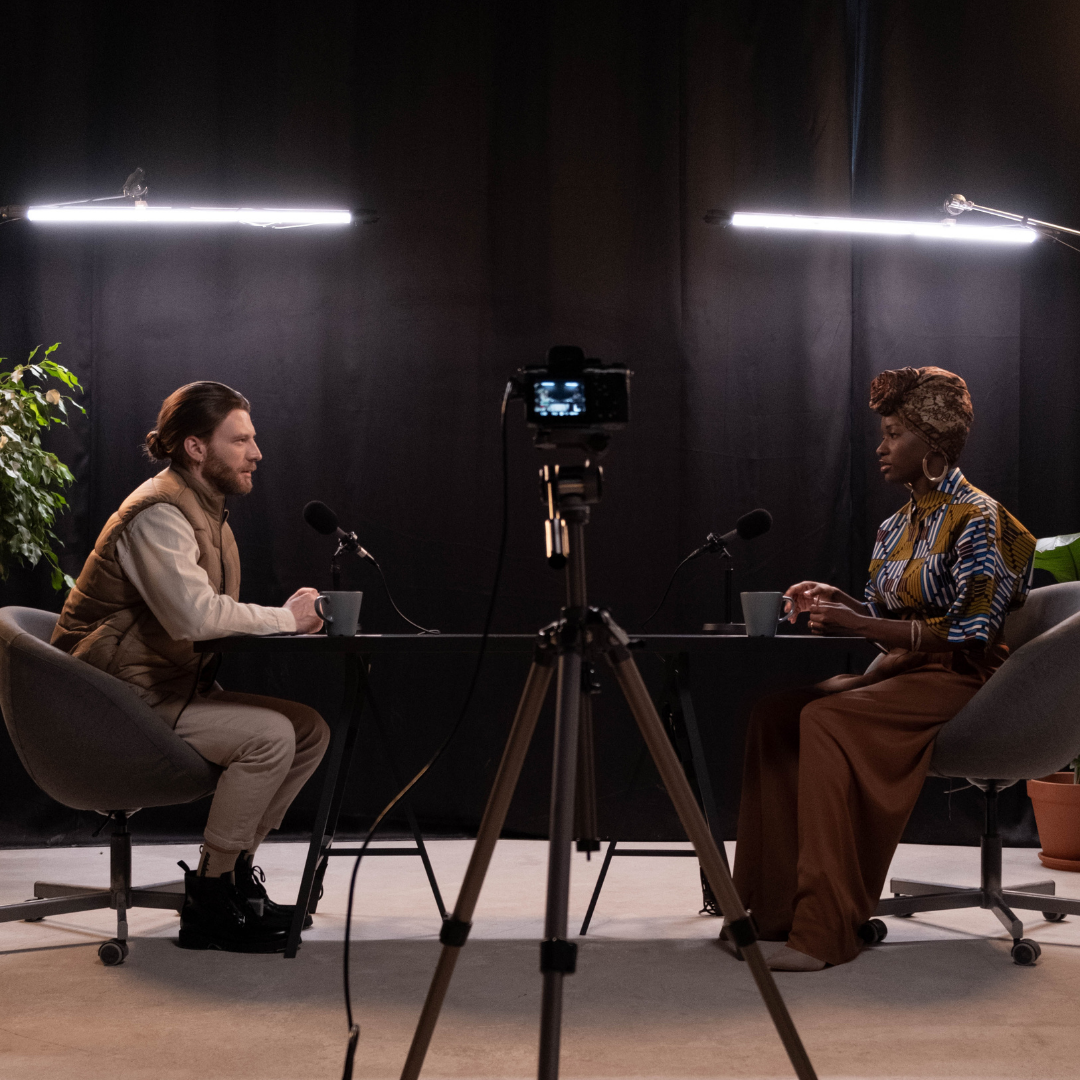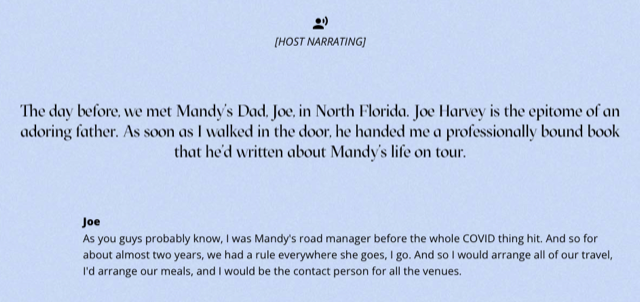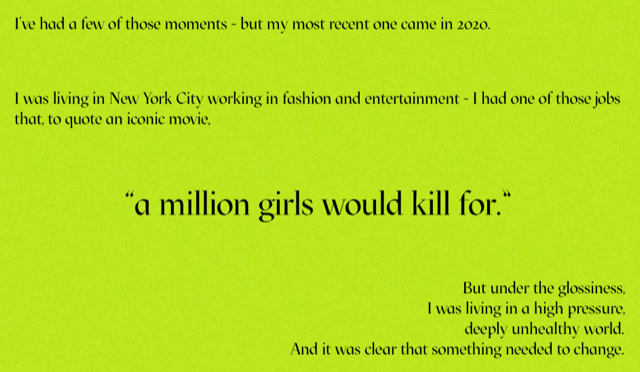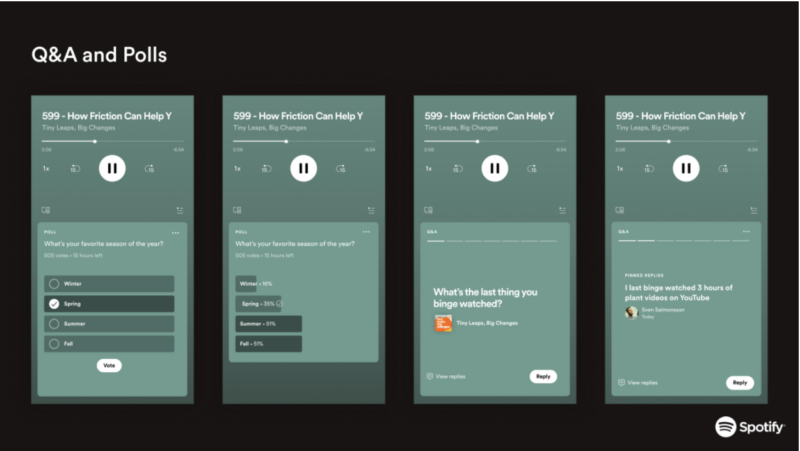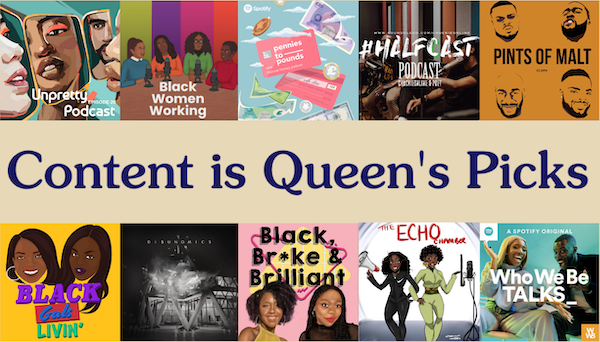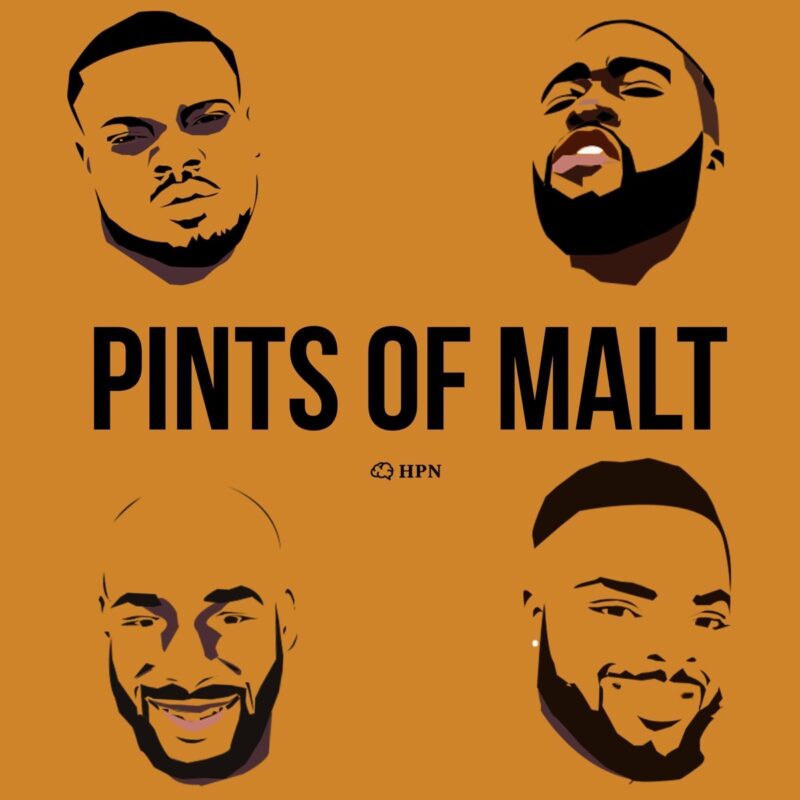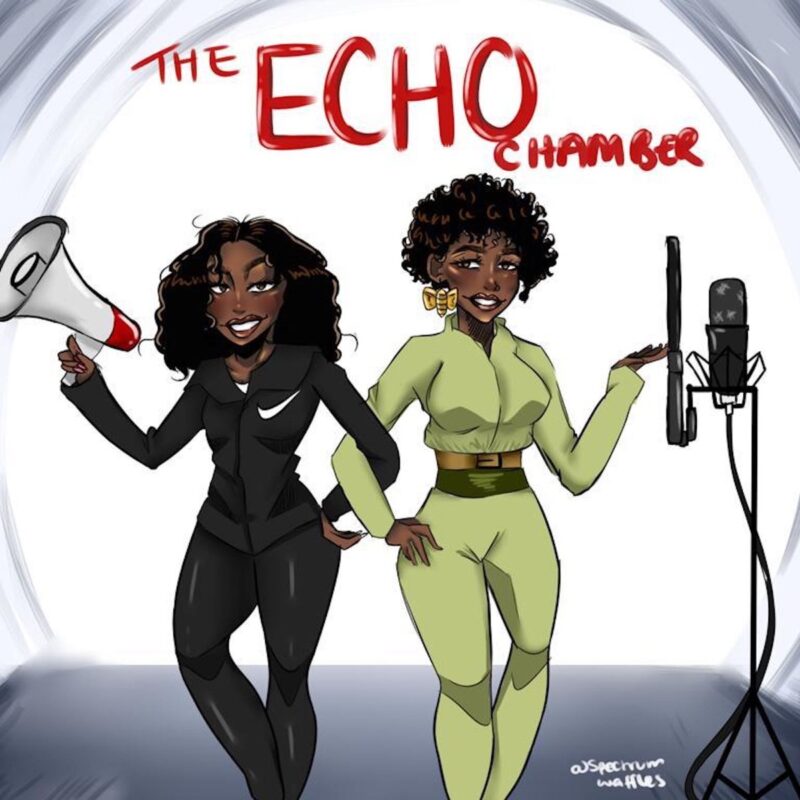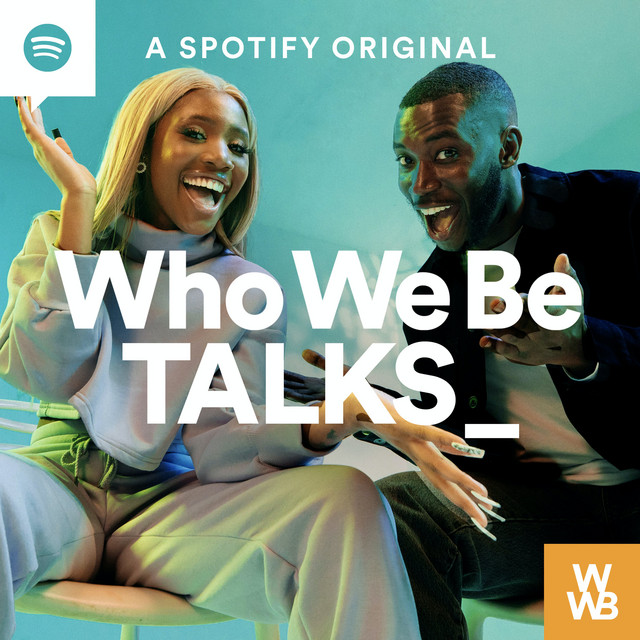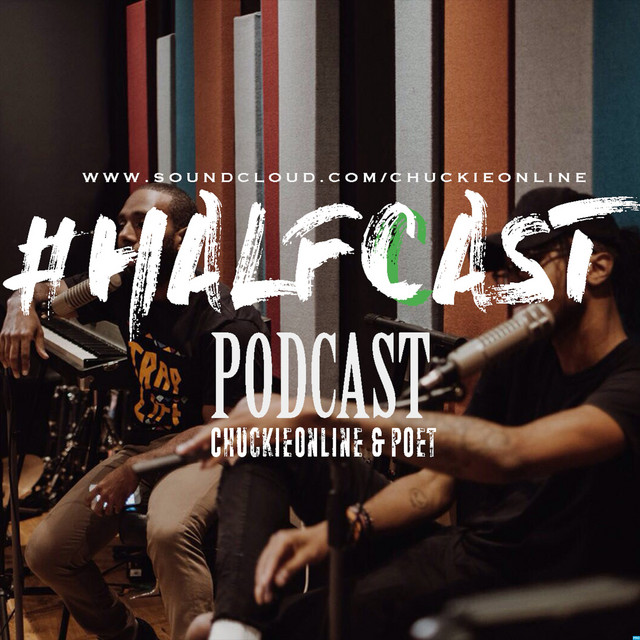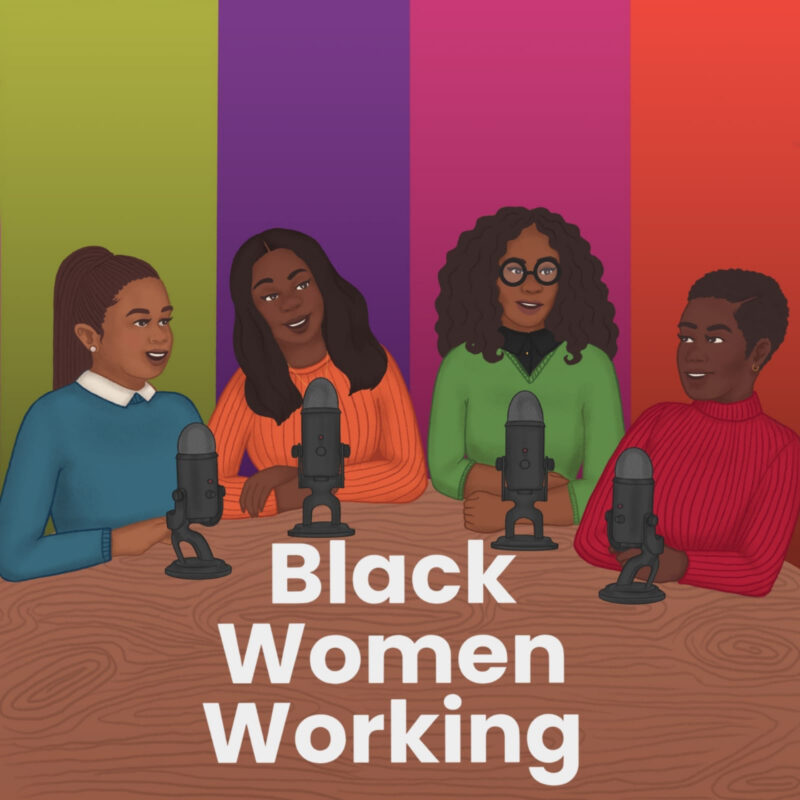Is it a podcast if it’s only on YouTube? More importantly, does it really matter?
As the audio and visual space has expanded rapidly in recent years, vodcasts are becoming more and more popular. In this article, we’re exploring the rise of vodcasts as we aim to help you decide which medium is best suited to you.
A vodcast, video podcast, is a step beyond traditional podcasting. But can you have one without the other?
The differences between vodcasts and podcasts
One of the most apparent differences between vodcasts and podcasts is that it’s relatively easy to convert video content into audio, but not vice versa. So, while you can take audio from your video and repurpose it as a podcast, it’s not as straightforward to turn audio into video content.
So, if you’re planning on delivering your content across several mediums, vodcasting would be an excellent place to start, providing you’re comfortable on camera. In addition to having the ability to transform your video content into a podcast, you’ll be able to create video content to use across socials and plug your pod.
Is accessibility a key factor for you? It should be. When considering accessibility, it’s clear that video is a step ahead of audio technology. With closed captioning, speed adjustment, and lip-reading potential, vodcasting offers an immersive experience that podcasting alone can lack.
On the flip side, one of the pitfalls of creating video first podcasts is that creators can almost forget that their audience can’t see them when converted into audio. As a result, hosts may rely on body language and implied knowledge which gets lost in the audio version and ultimately takes away from experience.
If we were to go down a rabbit hole of comparing the two mediums and their pros and cons, we’d be here all day. So, let’s cut to the chase.
Ultimately, you are the decider of your fate regarding video vs audio; personal preference plays a big part here. With that said, it’s worth considering the stats when choosing your medium. So, if you’re undecided on vodcasting, read on…
Video stats
- Online videos will make up more than 82% of all consumer internet traffic – 15 times higher than in 2017. There’s no denying video is on the rise. Are you ready to be on the right side of the trend?
- 78% of people watch online videos each week, with 55% viewing online videos every day. While podcasting is on the rise, video stats are significantly higher when it comes to regular consumption.
- 72% of customers prefer learning about a product or service through a video – something to bear in mind when it comes to sponsorships, right?
- Viewers retain 95% of a message when they watch it through video. Does this mean video content is the best medium for storytelling? Maybe so.
- 92% of mobile users share videos with others. When it comes to reaching your audience, shareability is an important consideration!
- The average YouTube views from mobile devices last more than 40 minutes. While humans generally have a short attention span, this stat tells a different story! Once you’ve hooked them in, you’ll win over dedicated watchers.
- 1.5 billion YouTube users play 1 billion hours of video each day. Granted, that’s a lot of competition, but equally, it’s a whole lot of potential! Are you ready to tap into it?
Source (Social Media Week)
Is vodcasting for you?
Thanks to the versatility, accessibility and the fact that you can easily repurpose vodcasts, it’s easy to see why many creators favour vodcasting, but that doesn’t mean a video-first approach is free of limitations.
While podcasting requires a lot of skill, the demands increase when it comes to vodcasting. Successfully shooting a vodcast goes far beyond a simple point and shoot setup. When weighing up your options, ask yourself the following (and answer honestly!):
- Are you comfortable on camera?
- Are you confident you can create and edit video content? If the answer is no, do you have the budget to pay for the expertise you require?
- Do you have a space to shoot your vodcast?
- Is there anything you can do to make your podcast more accessible without the need for video?
- Are there any limitations to vodcasting for you?
While we’d love to give you all of the answers, the choice is ultimately yours – you know your audience, goals and capabilities best.
If you’re keen to explore the pros and cons further, check out this video from the creator of Smart Passive Income, Pat Flynn.
Happy Podcasting! … Or Vodcasting

